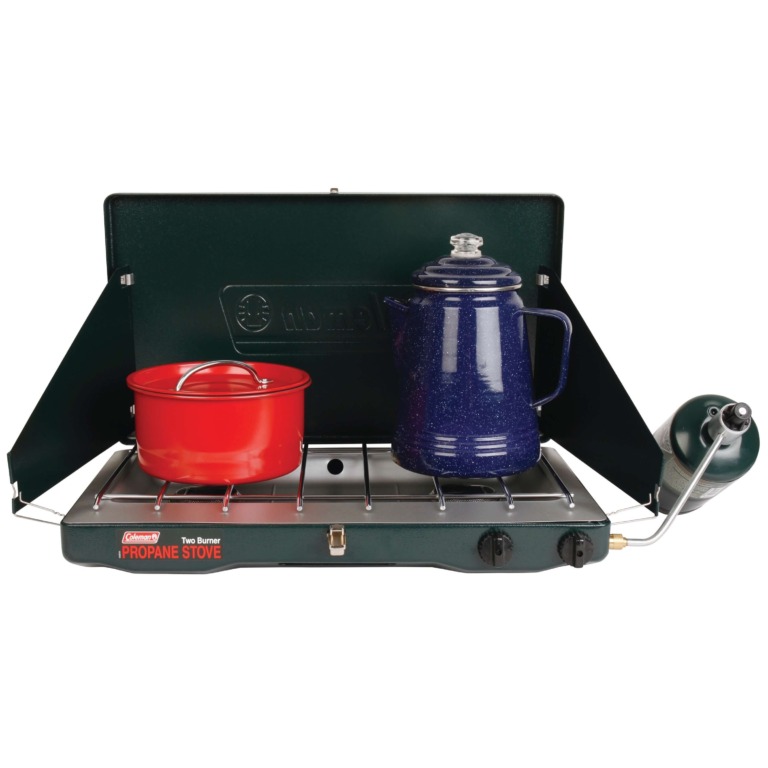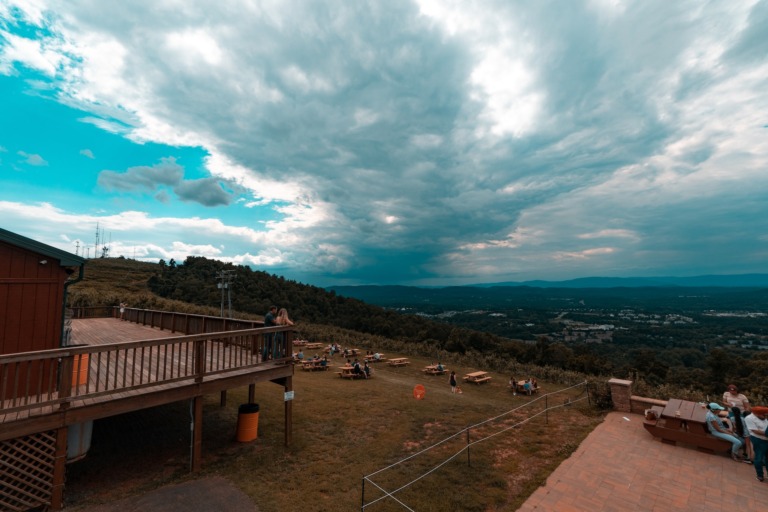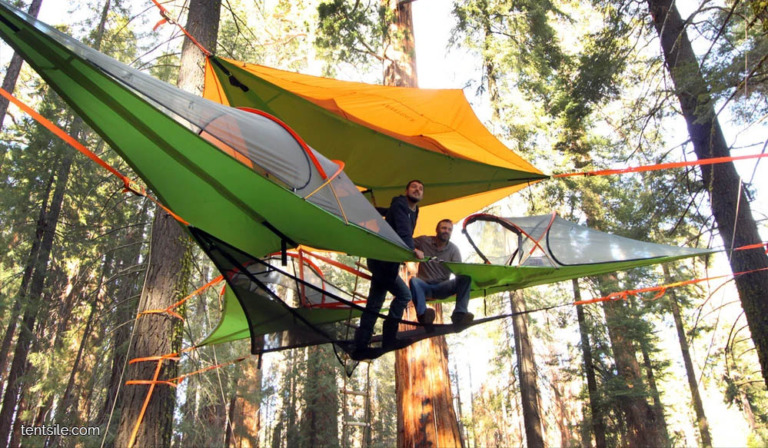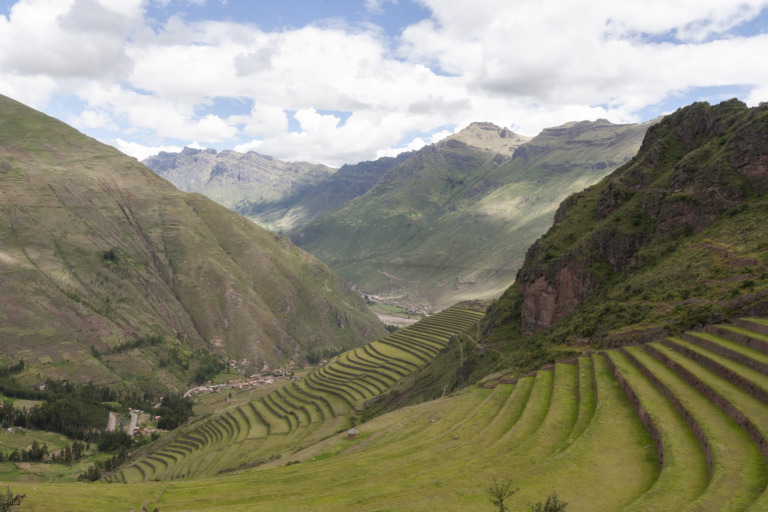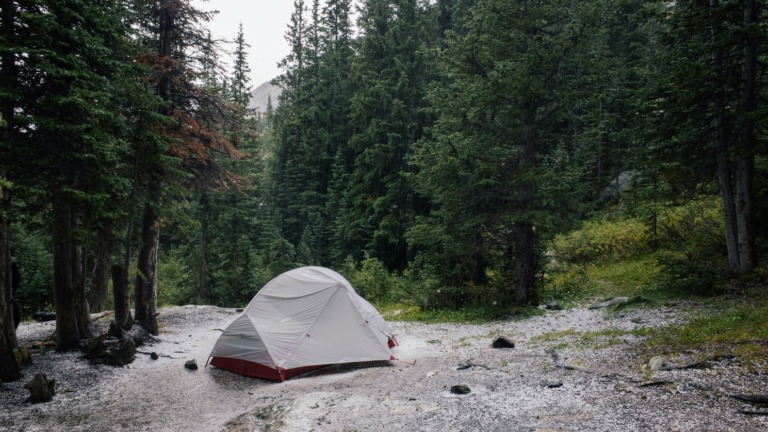Stay Safe on Your Next Ultimate Hiking Adventure: Essential Hiking Safety Tips
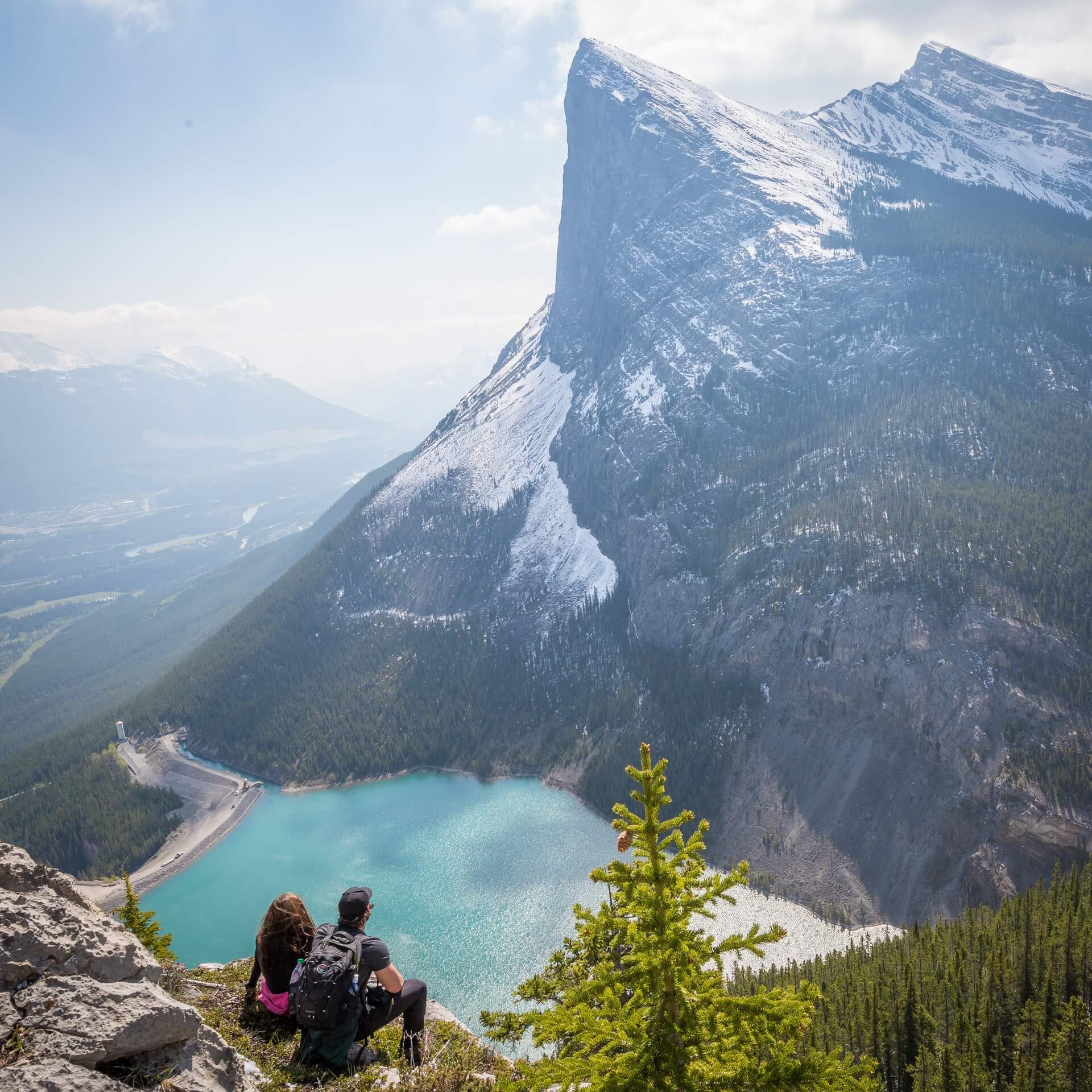
Hiking: it’s all about the great outdoors, fresh air, and the adventure that awaits. But before you lace up those hiking boots and hit the trail, you need to know – safety. Safety might not be the most thrilling topic, but the compass guides you through your hiking adventure. We’re here to give it to you straight, no frills, just the essential hiking safety tips you need.
Hiking isn’t just for seasoned hikers; it’s for everyone eager to explore nature on foot. Whether you’re a newbie or an experienced hiker, these tips will help you stay safe, make the most of your adventure, and return home with good memories.
In this guide, we’ll break down the hiking essentials. We’ll discuss planning, gear, trail etiquette, and more. When you’re done reading, you’ll be ready to tackle your next hiking adventure confidently.
So, grab your hiking boots, let’s dive into the world of safe hiking.
Hiking FAQs: Essential Facts You Need to Know

Do you have questions about hiking? We’ve got answers. Let’s chase with some essential information that every hiker should know.
What’s the #1 Etiquette Rule While Hiking?
Keep it simple: Stay on the trail. It’s not just a guideline; it’s a golden rule. Sticking to marked paths protects the environment and minimizes your chances of getting lost.
What’s the Most Common Mistake First-Time Hikers Make?
Overestimating their abilities. The excitement makes it easy to get carried away, but start with shorter, easier trails. As you gain experience, you can tackle more challenging hikes.
What Are the Top 5 Hiking Risks?
- Getting Lost: Always have a map and compass, even using a GPS.
- Dehydration: Stay hydrated; it’s non-negotiable.
- Inadequate Footwear: Invest in proper hiking shoes or boots.
- Not Checking the Weather: Weather can change fast; know what you’re up against.
- Lack of Emergency Preparedness: Carry a first aid kit and know how to use it.
What Is Trail Etiquette?
Think of it as good manners in the great outdoors. Yield to uphill hikers, stay quiet not to disturb wildlife, and pack out what you pack in. Leave the trail as beautiful as you found it.
Plan for a Memorable Hiking Adventure

You wouldn’t dive into the deep end without checking the pool’s depth, right? Well, hiking is no different. Planning is your lifeline in the great outdoors.
Why Plan?
- Know Before You Go: Research the trail you’re taking, its difficulty and any trail closures.
- Weather Wisdom: Check the weather forecast. Mother Nature can be unpredictable; you don’t want to be caught off guard.
- Gear Essentials: Make sure you have the right hiking gear. Proper footwear, a backpack, and a first aid kit are non-negotiable.
- Trip Plan: Share your hiking itinerary with someone reliable. Let them know where you’re going and when you plan to return. It’s a safety net if things go awry.
Planning might seem like a bit of a buzzkill, but it’s the difference between a smooth hike and a rocky one. Stay tuned as we dive deeper into the nitty-gritty of hiking safety.
Essential Hiking Gear: Your Path to Safety

You wouldn’t wear flip-flops to a snowball fight, and you wouldn’t want the wrong gear on a hike. Let’s talk essentials.
Hiking Gear Matters:
- Hiking Boots or Shoes: Your feet are your wheels on the trail, so they deserve the best. Invest in hiking boots or shoes that are comfortable, durable, and provide good traction. Think of them as your trusty steeds, carrying you through rocks, mud, and whatever nature throws your way.
- First Aid Kit: It’s like a tiny hospital in your backpack. We’re not asking you to become a paramedic, but having a basic first aid kit can be a game-changer. It should include bandages, antiseptic wipes, pain relievers, and any personal medications you might need. Remember, even small cuts or blisters can become big problems if not properly cared for.
- Backpack: This is your hiking command center. It should be big enough to carry your essentials but not so big that you’re tempted to pack your entire closet. Look for one with comfortable straps and multiple compartments to keep things organized.
- Weather-Appropriate Clothing: Dress for success, and by success, we mean comfort and safety. Check the weather forecast and dress accordingly. Layers are your friend; they allow you to adjust to changing conditions. Don’t forget a lightweight, waterproof jacket – it can be a lifesaver when the rain surprises you.
- Navigation Tools: A map and compass might seem old-school, but they’re lifesavers if your phone’s GPS decides to nap. Know how to use them; they’re your ticket to staying on course.
Gear doesn’t need to be fancy; it needs to be functional. Invest wisely, and your feet will thank you, and that first aid kit might save the day.
Check the Weather: Don’t Let Mother Nature Surprise You

Before you hit the trail, there’s one essential task you can’t afford to skip – checking the weather. Mother Nature can be unpredictable, and it’s best to be prepared for whatever she throws your way.
Why Check the Weather?
- Plan Accordingly: Knowing the weather forecast helps you dress appropriately and pack the right gear. Rain gear or extra layers might be your best friends.
- Safety First: Extreme weather conditions can pose serious risks. Thunderstorms, high winds, or extreme cold can make a pleasant hike perilous.
- Visibility Matters: Fog, heavy rain, or snow can impact visibility, making navigation tricky. Knowing what weather to expect helps you plan your route.
How to Check the Weather:
- Online Weather Services: Websites and apps like Weather.com or your local weather service provide up-to-date forecasts.
- Hiking-Specific Apps: Some apps cater to hikers, offering trail-specific weather information.
- Ask Locals: Local knowledge can be invaluable if hiking in a new area. Ask park rangers or experienced hikers about typical weather patterns.
Quickly checking the weather can save you from discomfort and keep your hike safe.
Stay on the Trail: The Golden Rule of Hiking Safety

Here’s the scoop: when it comes to hiking safety, one rule reigns supreme – stay on the trail. It’s not just a guideline; it’s the golden ticket to a safe and enjoyable hike.
Why Stay on the Trail?
- Preserve Nature: Trails are there for a reason – they protect fragile ecosystems. Going off-trail can harm plants, wildlife, and disrupt the delicate balance of nature.
- No One Likes Getting Lost: Trails are like breadcrumbs in the woods. They guide you and help prevent you from getting lost. Going off-trail can lead to confusion and unnecessary risks.
- Trail Etiquette Matters: It’s not just about you; it’s about all hikers. Yield to those going uphill, keep noise levels down to respect wildlife, and always pack out what you pack in. It’s basic courtesy.
Trail etiquette isn’t a list of stuffy rules; it’s about respecting the great outdoors and fellow hikers. Stick to the path, follow the rules, and you’ll have a hiking experience that’s safe and enjoyable for all.
Stay Energized and Hydrated: Hiking Safety Tips

Let’s talk about two things that can make or break your hiking adventure: staying hydrated and keeping your energy up.
Hydration Matters:
- Drink Water Like It’s Your Job: Don’t skimp on this. Dehydration is no joke, and it can sneak up on you. Sip water regularly, even if you’re not feeling thirsty.
- Pack Enough Water: Know your hike’s length and difficulty and carry sufficient water. It’s better to have too much than too little.
- Consider a Hydration System: Hydration packs or water bladders are convenient ways to sip. No need to stop and dig through your backpack.
Fuel Up for the Adventure:
- Snacks Are Your Friends: Hiking burns calories, and you must refuel. Energy bars, nuts, and dried fruit are portable, hiking-friendly options.
- Carb It Up: Carbohydrates provide quick energy. Think granola, crackers, or a good ol’ PB&J sandwich.
- Avoid Sugar Spikes: Skip the candy bars; they lead to energy crashes. Slow-release energy foods like oatmeal are your best bet.
Remember, it’s not just about munching and sipping; it’s about doing it regularly. Keep your energy levels stable, stay hydrated, and you’ll have the stamina to tackle any trail.
Know Your Limits: Staying Safe While Pushing Boundaries
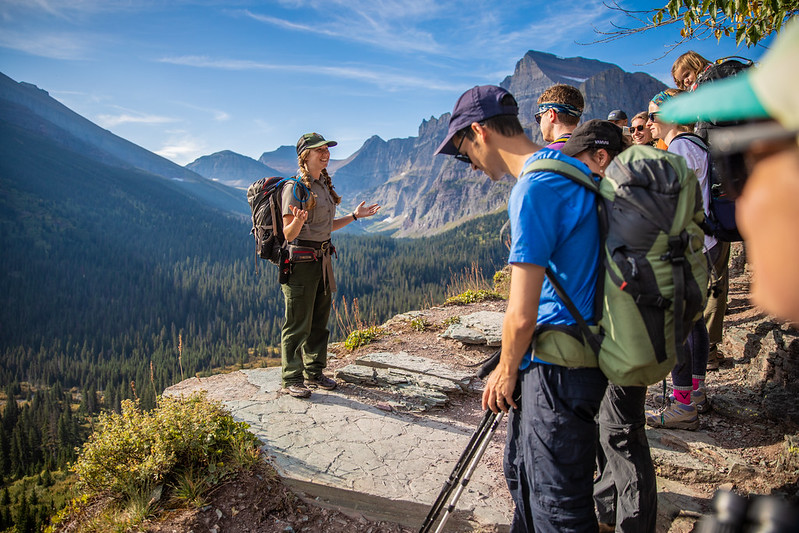
Time for some real talk – knowing your limits can mean the difference between an epic hike and a not-so-pleasant one. Let’s dive into this crucial aspect of hiking safety.
Know Your Limits:
- Hiking Isn’t a Competition: Don’t push yourself to keep up with experienced hikers if it’s beyond your skill level. Hike at your own pace, and don’t be afraid to say, “I need a break.”
- Listen to Your Body: If you’re feeling lightheaded, overly fatigued, or unwell, it’s a sign to stop and assess. Ignoring these signs can lead to trouble.
- Stay on Familiar Trails: If you’re new to hiking, stick to well-marked, popular trails until you gain more experience.
Emergency Preparedness:
- Carry a First Aid Kit: We mentioned this before, and it’s worth repeating. A basic first aid kit can be a lifesaver in minor emergencies.
- Know How to Call for Help: Familiarize yourself with emergency numbers and your location. In case of a real emergency, you’ll know what to do.
- Share Your Plan: Here’s a modern twist: use technology to your advantage. Share your hiking plans, route, and estimated return time with someone. You can even use hiking apps with live tracking features. It’s a digital safety net.
- Don’t Hesitate to Call for Help: If you are in a sticky situation and all else fails, don’t hesitate to call for assistance. Whether it’s via cell phone or a satellite communicator, search and rescue teams are there to help.
- Power Up with a Power Bank: Speaking of technology, don’t forget to bring a power bank for your devices. Keeping your phone charged can be a lifeline in case of an emergency. Plus, it ensures you can capture those stunning views for your hiking scrapbook.
Hiking is about pushing boundaries, but it’s also about knowing when to step back. Your safety should always be a top priority.
Respect the Great Outdoors: Environmental Hiking Safety

When you venture into the wilderness, you’re not just an observer; you become a part of the natural world. Treating this environment with the care it deserves is vital, ensuring it remains pristine for generations to come.
Responsible Hiking Practices:
Leave No Trace:
This isn’t just a catchy phrase; it’s a philosophy every responsible hiker should embrace. Follow the Leave No Trace principles to leave minimal impact:
- Pack Out What You Pack In: Your trash, food scraps, and any litter must leave with you. Don’t leave a trace of your presence behind.
- Stay on Marked Trails: Venturing off the beaten path can harm fragile ecosystems and wildlife habitats. Stick to designated trails to protect these areas.
- Minimize Environmental Impact: Be mindful of where you step, especially in delicate environments like meadows or wetlands. Your footsteps can have a lasting impact.
Wildlife Etiquette:
The wildlife you encounter adds to the magic of the outdoors, but it’s crucial to observe them responsibly:
- Keep Your Distance: Getting too close to wildlife can stress them out or even provoke defensive behaviors. Use binoculars or a zoom lens to appreciate them from afar.
- Don’t Feed the Animals: Feeding wildlife disrupts their natural behaviors and can make them reliant on human food, which is harmful to their health and safety.
Minimize Noise:
Part of the appeal of the wilderness is its tranquility. Keep noise levels down to respect both the environment and fellow hikers seeking serenity.
Be a Safety Tool, Not a Safety Hazard:
Fire Safety:
If campfires are allowed, follow strict fire safety guidelines. Keep fires small and contained, never leave them unattended, and ensure they are thoroughly extinguished when you’re done.
Dispose of Waste Properly:
Proper waste disposal is critical to preserving the environment’s integrity:
- Use Designated Restroom Facilities: Whenever possible, use established restrooms and facilities. Leave no waste behind.
- Human Waste: Follow proper human waste disposal guidelines in remote areas without facilities. Use a trowel to dig a small hole at least 200 feet from water sources and trails. Cover waste completely and pack out used toilet paper in a sealed bag.
Remember, the great outdoors is a shared space, and it’s the responsibility of every hiker to safeguard it. Being an eco-friendly hiker isn’t just about protecting the environment; it’s also a safety measure for the natural world and the adventurers who will follow your path.
Conclusion

So, here we are, at the end of our journey through the world of hiking safety. Let’s wrap things up and remind ourselves why all these hiking tips matter.
The Takeaway:
- Stay on the Trail: It’s not just a guideline; it’s a golden rule. Staying on marked paths protects the environment and keeps you safe.
- Gear Up Right: Use hiking gear, from boots to first aid kits. Your gear is your lifeline on the trail.
- Stay Hydrated and Fueled: Don’t underestimate the power of water and snacks. They keep you going strong.
- Know Your Limits: Push boundaries, but know when to say, “That’s enough.” Safety should always come first.
- Check the Weather: Mother Nature can be unpredictable. A quick weather check can save you from unexpected challenges.
- Respect the Environment: Leave no trace, minimize noise, and treat wildlife respectfully. The great outdoors deserves it.
Why It Matters:
Hiking is a fantastic way to explore nature, challenge yourself, and make unforgettable memories. But it’s also an adventure that demands responsibility. Following these safety tips isn’t just a checklist; it’s your passport to an adventure that’s thrilling, safe, and respectful.
So, as you plan your next hiking trip, keep these safety tips in your backpack, gear, and snacks. With the right knowledge and a dash of common sense, you’ll be ready to hit the trails confidently. Happy hiking, fellow adventurers!

